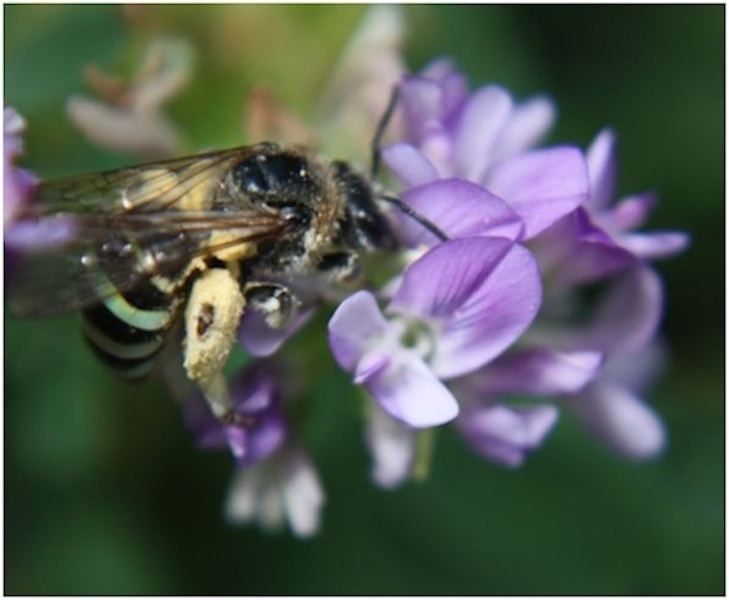
Survey shows continued honey bee colony loss in Virginia
Virginia ranked 20th of the 47 reporting states for the highest percentage of honey bee colony loss over the winter of 2013-2014.On the whole, scientists believe that those losses are likely caused by a combination of multiple stressors including poor bee nutrition, loss of forage lands, parasites, pathogens and exposure to pesticides.
July 23, 2014

Over last winter (between October 2013 and April 2014), 32.8 percent of managed honey bee colonies in Virginia died, according to the 8th annual national survey of honey bee colony losses conducted by the Bee Informed Partnership (BIP).
This is higher than the national loss rate of 23.2 percent during the same period, but lower than Virginia’s previous winter loss of 44.6 percent over the winter of 2012-2013.
The Virginia Department of Agriculture and Consumer Services (VDACS) announced the results of the state-by-state survey on Wednesday.
Virginia ranked 20th of the 47 reporting states for the highest percentage of honey bee colony loss over the winter of 2013-2014. On the whole, scientists believe that those losses are likely caused by a combination of multiple stressors including poor bee nutrition, loss of forage lands, parasites, pathogens and exposure to pesticides.
Virginia’s most recent winter colony losses also followed below-average temperatures in January, February, March and April 2014.
“This BIP survey confirms what we already know—we continue to lose bees at an alarming rate in Virginia,” said Keith Tignor, Virginia state apiarist at VDACS. “These pollinators are essential for the development of our crops and crucial to the state’s $52-billion agriculture industry. In fact, insect-pollinated plants are the direct or indirect source of approximately one-third of our human diet.”
On average, a single hive containing 40,000 to 60,000 bees is able to pollinate two acres of a crop. Without a sufficient numbers of bees, farmers may face crops that are inadequately pollinated, resulting in decreased production and reduced quality.
The BIP survey is based on the response of 7,183 U.S. beekeepers that managed 564,522 honey bee colonies in October 2013, which is 21.7 percent of the country’s 2.6 million colonies.
The survey is conducted by BIP, in collaboration with the Apiary Inspectors of America and the United States Department of Agriculture, to determine winter and summer honey bee colony losses and management practices of beekeepers. Results of the survey are used in developing best management practices for improving honey bee health and annual survival.
About the Author(s)
You May Also Like





